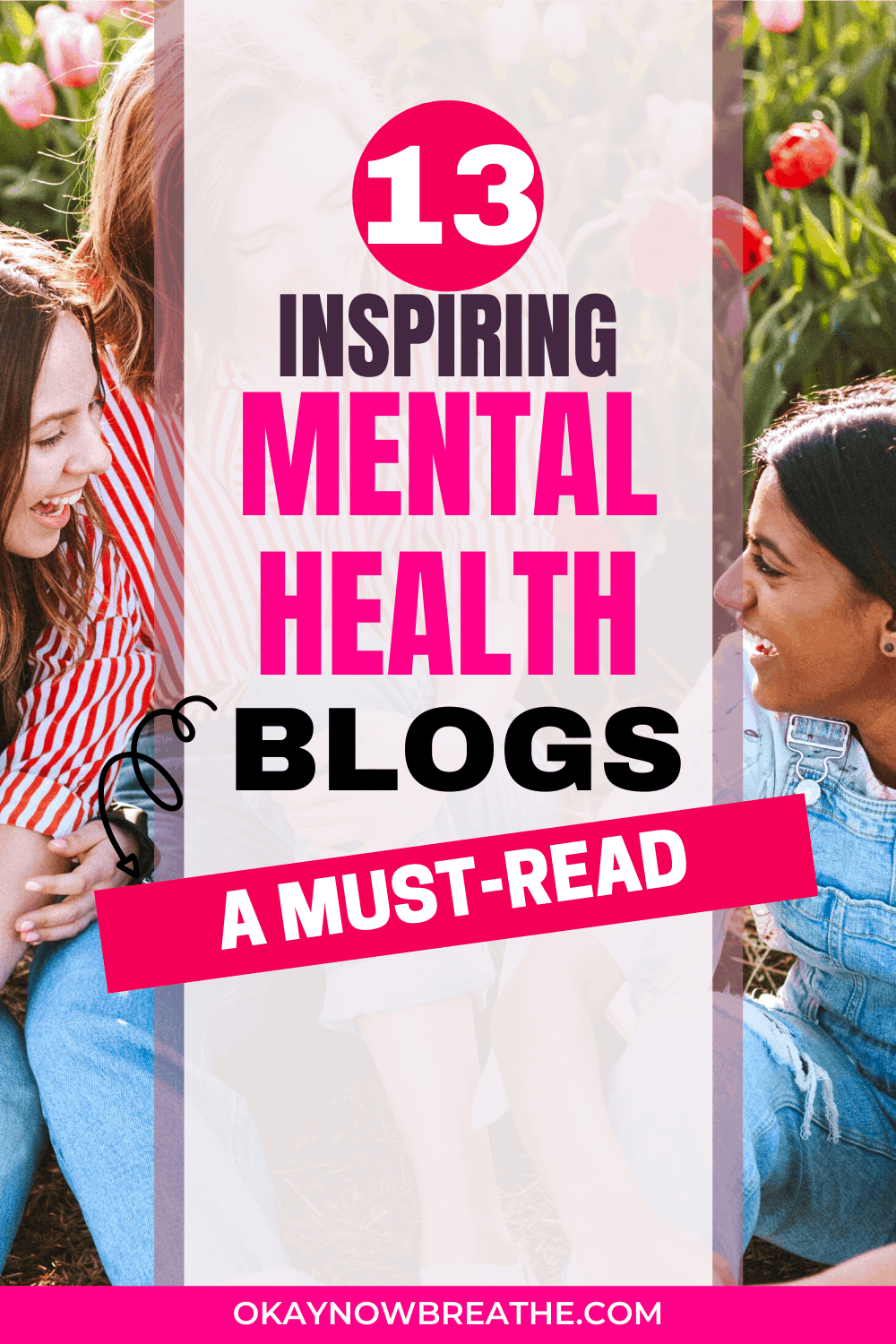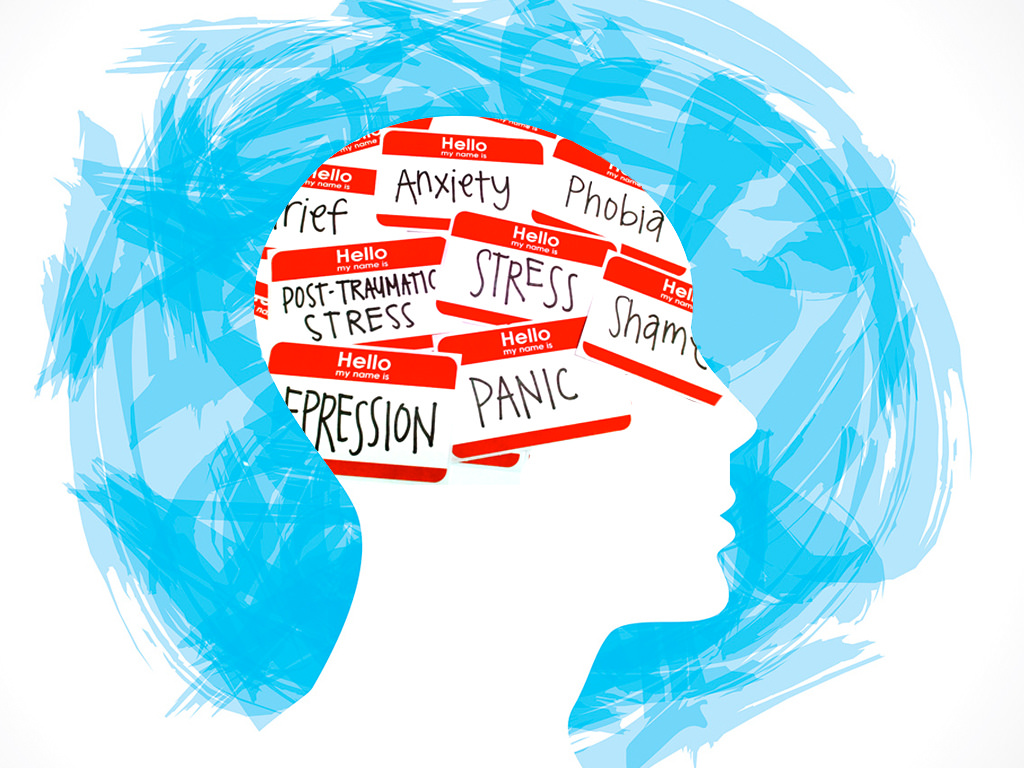Earn with a Mental Health Blog for Teens: A Guide to Monetizing and Making a Difference

Introduction
Imagine you're a teenager struggling with mental health issues. You feel alone, misunderstood, and unsure where to turn. Now, picture a blog that offers a safe space, practical tips, and a community of support. This blog not only helps teens navigate their mental health journey but also generates income for its creator. Sounds like a win-win, right? Let's dive into how you can earn with a mental health blog for teens, making a difference while building a sustainable income stream.
Understanding the Importance of Adolescent Mental Health
Adolescent mental health is a critical issue that often goes overlooked. According to the World Health Organization, half of all mental health conditions start by the age of 14. By creating a blog focused on teen wellness, you're not just tapping into a niche market; you're providing a lifeline for those who need it most.
Setting Up Your Mental Health Blog
Choosing the Right Platform
The first step in creating your mental health blog is choosing the right platform. WordPress is a popular choice due to its user-friendly interface and extensive customization options. Platforms like Wix and Squarespace are also great alternatives, offering drag-and-drop builders that make designing your blog a breeze.
Selecting a Domain Name
Your domain name is your blog's first impression. It should be memorable, relevant, and easy to spell. Consider names that incorporate keywords like "teen wellness" or "mental health resources" to boost your SEO.
Designing Your Blog
A well-designed blog is crucial for attracting and retaining readers. Choose a clean, professional theme that's easy to navigate. Include a search bar, categories, and tags to help readers find what they're looking for. Don't forget to make your blog mobile-friendly, as many teens will be accessing it from their phones.
Creating Valuable Content
Identifying Your Target Audience
Your target audience is teens struggling with mental health issues. To connect with them, you need to understand their challenges, interests, and preferred communication styles. Use language that's relatable and engaging, and address topics that matter to them.
Writing Engaging Blog Posts
Your blog posts should be informative, engaging, and actionable. Here are some tips for writing compelling content:
- Use Personal Pronouns: Address your readers directly using "you" and "your" to create a personal connection.
- Keep It Simple: Use clear, concise language that's easy to understand.
- Engage the Reader: Ask questions, share stories, and encourage interaction.
- Use the Active Voice: This makes your writing more dynamic and engaging.
- Keep It Brief: Break up long paragraphs and use headings to make your posts scannable.
- Use Rhetorical Questions: These can help drive your points home and engage the reader.
- Incorporate Analogies and Metaphors: These can make complex topics more relatable and easier to understand.
SEO-Friendly Content
To attract organic traffic, your blog posts need to be SEO-friendly. Here are some tips:
- Use Keywords Naturally: Incorporate your primary keyword ("tips for earning with a blog about mental health tips for teens") and LSI keywords ("adolescent mental health," "monetizing blogs," "teen wellness," "blog income," "mental health resources") naturally in your content.
- Optimize Meta Tags: Write compelling meta titles and descriptions that include your primary keyword.
- Use Headings: Break up your content with H1, H2, and H3 tags to make it easier to read and improve SEO.
- Internal and External Linking: Link to other relevant posts on your blog and to authoritative external sources.
Monetizing Your Mental Health Blog
Affiliate Marketing
Affiliate marketing involves promoting other people's products and earning a commission if people end up buying thanks to your marketing. For a mental health blog, you could promote books, courses, or apps that help with mental wellness. Always disclose your affiliate relationships to maintain transparency and trust with your readers.
Sponsored Posts
Sponsored posts are blog posts that brands pay you to write. These posts promote the brand's products or services while providing valuable content to your readers. Only accept sponsored posts from brands that align with your blog's mission and values.
Advertising
Display ads are a common way to monetize a blog. You can use ad networks like Google AdSense or Mediavine to display ads on your blog. The more traffic your blog gets, the more money you can make from ads.
Selling Products or Services
You can also monetize your blog by selling your own products or services. This could include e-books, courses, coaching services, or digital downloads. Think about what your audience needs and how you can provide it.
Building a Community
A mental health blog isn't just about providing information; it's about building a community. Encourage your readers to engage with your content by leaving comments, sharing their stories, and connecting with each other. You can also create a forum or a Facebook group where your readers can interact and support each other.
Promoting Your Blog
To attract readers to your blog, you need to promote it effectively. Here are some strategies:
- Social Media: Share your blog posts on platforms like Instagram, Facebook, and Twitter. Use relevant hashtags to reach a wider audience.
- Email Marketing: Build an email list and send out newsletters with your latest blog posts and other valuable content.
- Guest Blogging: Write guest posts for other blogs in your niche to reach a new audience.
- SEO: Optimize your blog posts for search engines to attract organic traffic.
Conclusion
Starting a mental health blog for teens is a rewarding way to make a difference while earning an income. By providing valuable content, building a community, and monetizing your blog effectively, you can create a sustainable business that helps teens navigate their mental health journey.
Remember, the key to success is understanding your audience, creating engaging content, and promoting your blog effectively. With dedication and hard work, you can turn your mental health blog into a thriving business that makes a real impact.
So, what are you waiting for? Start your mental health blog today and make a difference in the lives of teens everywhere.
FAQs
How long does it take to start earning money from a mental health blog?
- The time it takes to start earning money from a blog can vary greatly. It depends on factors like your niche, the quality of your content, your promotion strategies, and your monetization methods. Some bloggers start earning money within a few months, while others may take a year or more.
What are the best ways to promote a mental health blog?
- The best ways to promote a mental health blog include social media marketing, email marketing, guest blogging, and SEO. You can also collaborate with other bloggers or influencers in your niche to reach a wider audience.
How can I ensure my blog posts are SEO-friendly?
- To ensure your blog posts are SEO-friendly, use your primary keyword and LSI keywords naturally in your content, optimize your meta tags, use headings to structure your content, and include internal and external links.
What are some good topics for a mental health blog for teens?
- Some good topics for a mental health blog for teens include coping with stress, dealing with anxiety, building self-esteem, managing relationships, and navigating social media. You can also share personal stories, interviews with mental health professionals, and reviews of mental health resources.
How can I build a community around my mental health blog?
- To build a community around your mental health blog, encourage your readers to engage with your content by leaving comments, sharing their stories, and connecting with each other. You can also create a forum or a Facebook group where your readers can interact and support each other.


Belum ada Komentar untuk "Earn with a Mental Health Blog for Teens: A Guide to Monetizing and Making a Difference"
Posting Komentar